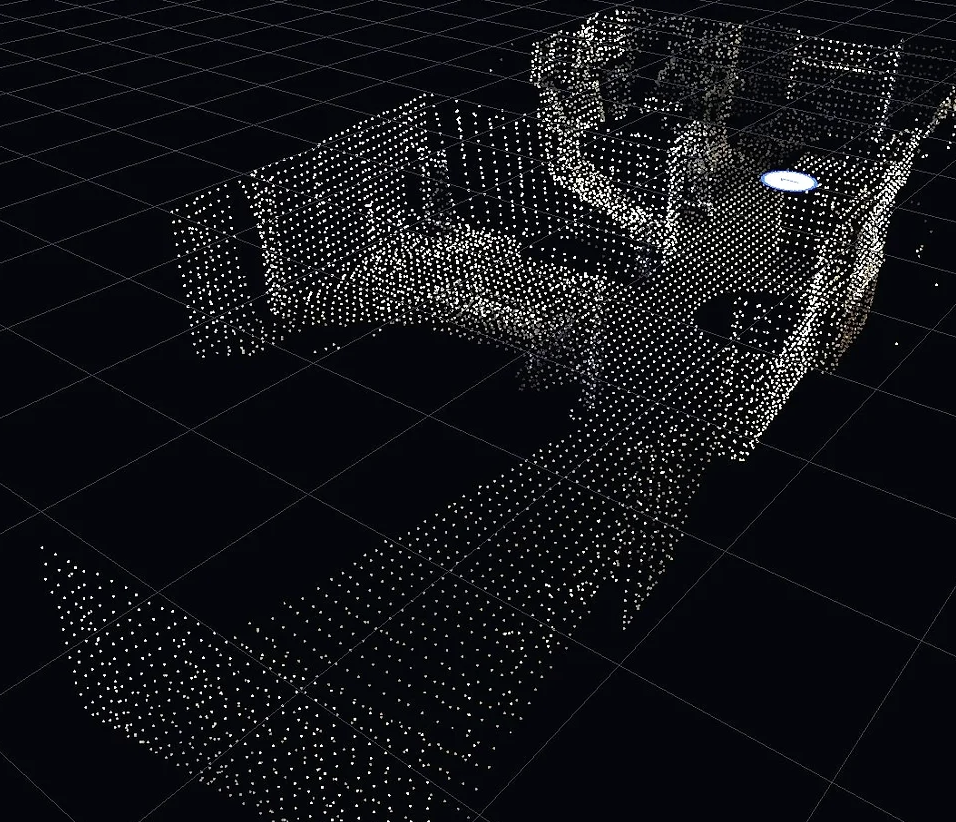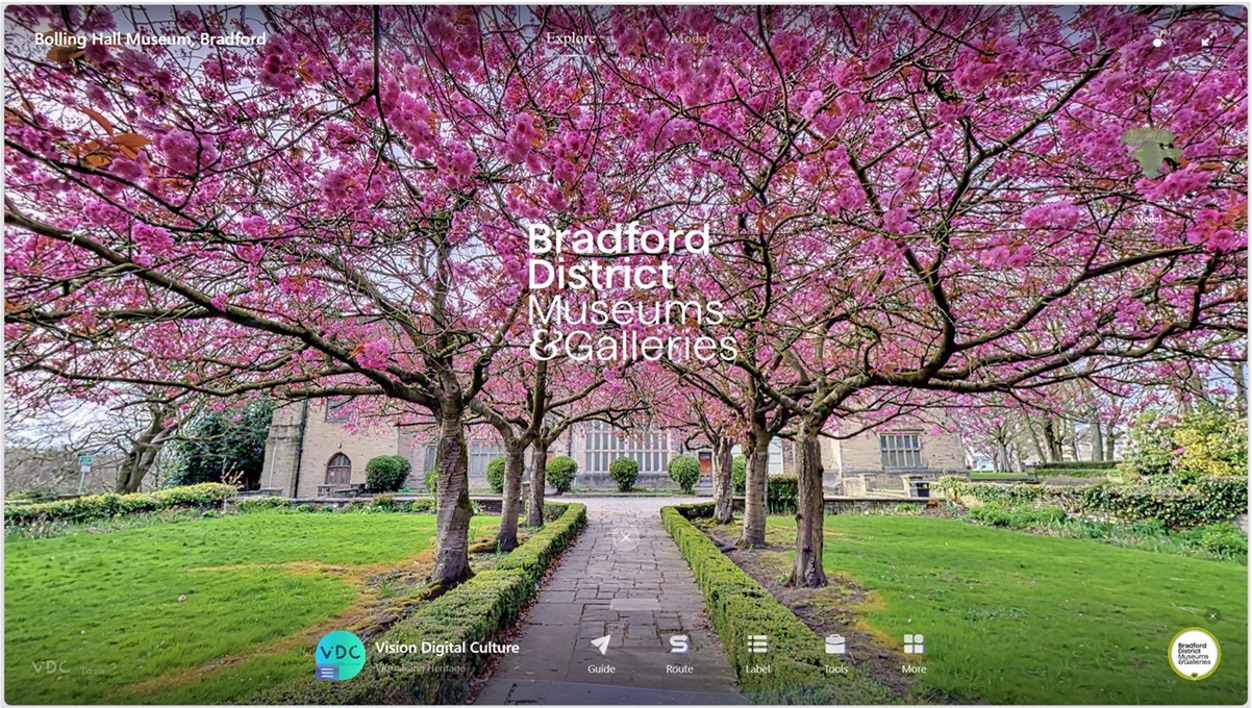
Calderdale Industrial Museum Testimonial
Calderdale Industrial Museum Testimonial “We are extremely pleased with the final result now displayed on our website.” General Experience Some time ago we had come
VDC Interview
Art is limitless, and British sculptor Marcus Levine has redefined the boundaries of art in his unique way. He is no longer limited to traditional canvas and sculptural materials but transforms ordinary nails into unique works of art to create breathtaking works. We trace the artist’s inspiration, skills, and creativity in his studio near Bradford.
Follow our interview to learn more about Marcus Levine, his work, and how he uses this extraordinary material, nails, to create amazing art.
VDC: Vision Digital Culture
Marcus L: Marcus Levine
Marcus L: My method involves hammering nails freehand onto wooden boards to create texture and form. The idea struck me while working on an abstract nail sculpture. The interaction between the hard nails and soft human forms inspired me to explore this further.
Marcus L: I’m not easily categorized. While I’m known for my figurative sculptures, particularly of the human form, my recent focus has been more on abstract work. Exhibitions in places like Amsterdam have asked for 100% abstract pieces, which has been both gratifying and surprising.
Marcus L: Light is a crucial element in my work. Depending on the time of day, the shadows on the sculptures can change drastically—from sharp, bright sketches in the morning to deeper, darker tones by evening.
Marcus L: The sculptures can last 20-30 years or longer in the right conditions. I use specially treated nails to prevent rust. For example, rusty nails are burned, buried, and varnished to ensure durability.
Marcus L: Five years ago, I was mainly focused on figurative work, but the demand for abstract pieces has grown. This shift reflects my evolving creative process and a desire to explore new ideas while remaining true to both styles.
About the Artist
Marcus Levine, the artist and sculptor, introduced a completely new method of sculpture. The artist creates light and shade and texture by hammering nails at different heights and distances, accurately translating his ideas onto white wooden boards of various sizes. Some single works use more than 250,000 nails. The most amazing thing is that all the works are created freehand without drafts.
Abstract in name, but figurative in reality, most of Levine’s “nail sculptures” are extraordinary representations of the human form. Nails are such an unusual material that he chose to express the human body. The artist explained that he was struck by the idea when he was creating an abstract sculpture with nails. “The interaction between the hard, angular nails and the soft curves of the human body produces a rather amazing effect.” The human figures he created are both strong and delicate, reflecting the artist’s innate understanding of the human form.
In keeping with his love of non-representational style, Levine’s latest work starkly contrasts his previous figurative sculptures. His large, monumental works are made of oak, COR-TEN (corrosion-resistant high-strength steel), stainless steel and stone. Marcus now has a following among blind art and sculpture enthusiasts.
Light also plays a role in Levine’s work, as “from morning sunlight to evening sunlight, the shadows on the sculptures may appear as bright as a pencil sketch or as dark as charcoal.”
Marcus has appeared on the BBC One Show, Escape to The Country, Look North several times, ITV’s Calendar News, Hungarian National Television, US National Television, etc. He has also been commissioned to create several monumental public sculptures, including two at Cartwright Hall in Bradford and at the University of Bradford.
Marcus Levine studied with Damien Hirst at Jacob Cramer Art College. Alumni include David Hockney. Since completing his first “nail sculpture” in the fall of 2004, Levine’s technique has improved with each new work, successfully using nails, a difficult medium, to create more dynamic works. He is considered the first artist to create coloured nail sculptures and is also considered the father of figurative nail sculpture.

Calderdale Industrial Museum Testimonial “We are extremely pleased with the final result now displayed on our website.” General Experience Some time ago we had come

Artificial Intelligence (AI) is no longer just the buzzword of the tech world. It’s becoming a transformative tool for industries far beyond its Silicon Valley roots—including the world of cultural heritage.

At Vision Digital Culture, we’re passionate about bringing heritage to life — and our recent collaboration with Bolling Hall Museum is a perfect example of how technology and history can walk hand-in-hand.